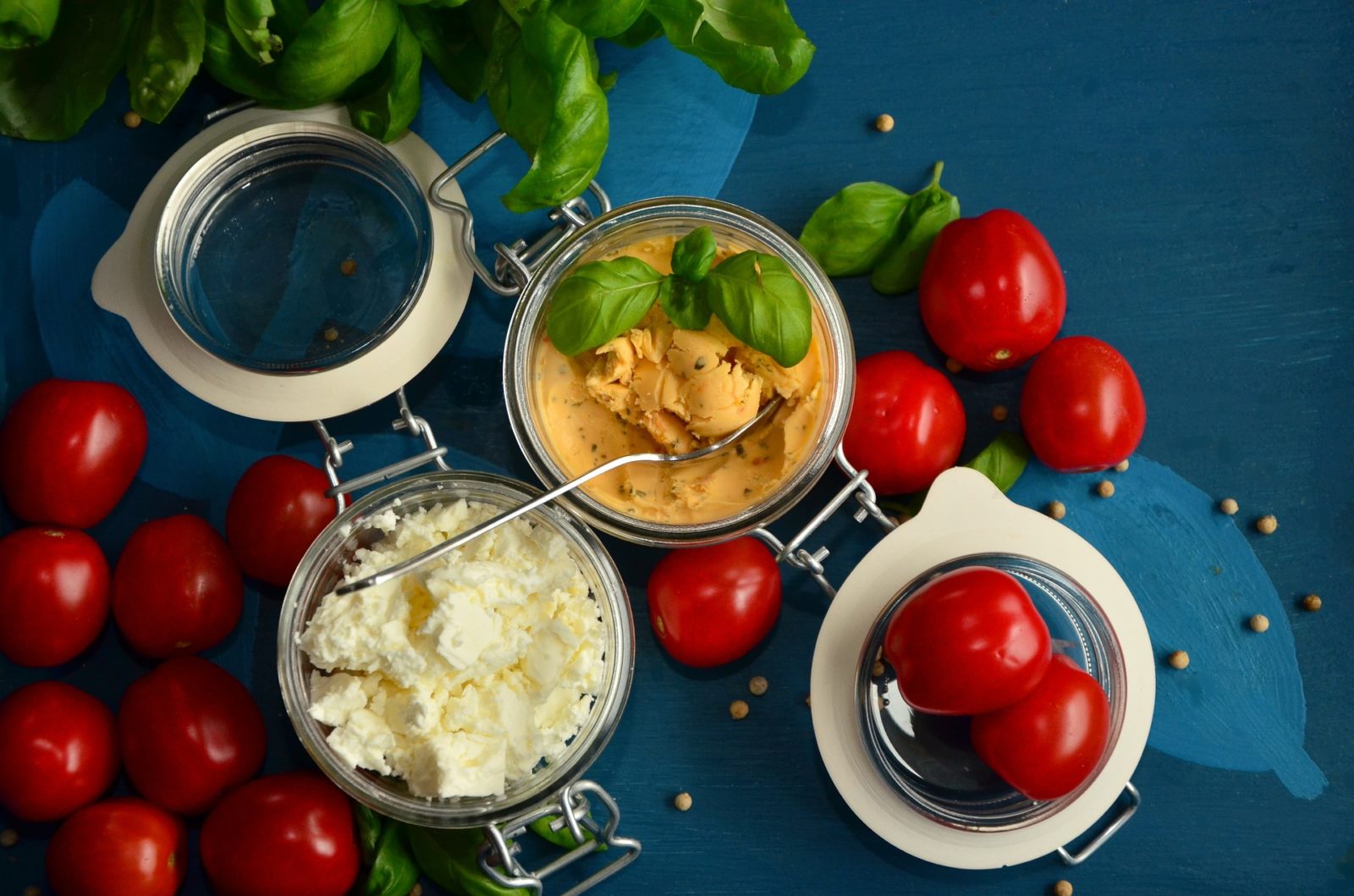
The Mediterranean Diet Pyramid: Eating Healthy to Live Longer
By Nicole Kurz | May 16, 2016
Want to become a better version of you?
Join our next Better You 30-day challenge!

While the study was conducted to find the effects of the Mediterranean diet on seniors and how to improve their overall health and quality of life in later years, the findings have created a stir in the under 65 population as well. Who among us wouldn’t want to live longer, look younger, and perform better?
So, in true FHQ fashion, we’re calling in an expert. Not only do we want to summarize some of the key findings of the project, but we want to learn more about how following the Mediterranean diet pyramid might benefit athletes.
Our Expert: Susan McNamee
Susan came to the sport in 2013, and after discovering metabolic efficiency training, she started seeing success. Through this nutritional method of fueling, her body has become fat-adapted and she can race an Ironman on 100 calories per hour – using no sugary gels or sports drinks. Many of her athletes have had extraordinary success in their races due to MET, including new PRs and weight and fat loss.